By Jean Rydberg
Canon has introduced such an incredibly powerful line of compact mirrorless cameras over the past year, including the EOS R7, R10, and R50. At the same time, they’re aggressively expanding their RF-mount lens line up. One of the lenses I have been most excited about shooting underwater is the Canon RF 85mm f/2 Macro IS STM. I just got back from a week in the Bahamas with it and I’m going to run through what I liked and what I didn’t like.
Watch the video or scroll down to read more.
Don't miss content like this, subscribe to our YouTube channel today.
85mm Macro: A lens for land or sea
Let me start out by saying that I am not really a macro shooter. If you’ve read my articles on the website, you know that I usually prefer to shoot wide angle video. But I have been intrigued by the 85mm. Typically you think of 85mm as a portrait lens, so it was interesting that Canon added the close-focus macro capabilities. I’m often looking for gear that will be just as useful on the surface as it is underwater, and I found this particular combination to be really compelling. If you enjoy shooting family members or even weddings and events, this lens will be something you will want to use in between dive trips.

My time underwater is limited, so it's great when my photo equipment can do dual-duty topside. The 85mm is a classic portrait focal length with good background bokeh when shooting wide open at f/2.
Magnification ratio
Usually for macro photography we reach for the Canon RF 100mm f/2.8L Macro lens which typically retails between $1200-1300 here in the US. The 85mm Macro is less than half the price. Note that this is designated as a macro lens but does not provide 1:1 magnification. It is a 1:2 magnification ratio meaning it reproduces objects at half-size. That’s about 3 times the magnification of the 18-45mm kit lens, but less than the 1.4 times magnification of the Canon RF 100mm Macro.

A Lego® shark shot from 20" (.5m) on a Canon R7 camera body. The advantage of the longer macro lens is clear when shooting small stuff underwater.
This affects how big the object will appear in your frame when you take a photo. I found that the magnification ratio of the 85mm was perfectly adequate when combined with the crop of an APS-C sensor and the inherent magnification of a flat port underwater. And unless your primary purpose is to enter a photo contest, you can always crop to your heart’s desire in post production.

Depending on how you say it, the difference between the macro magnification can sound like a lot or a little. In real-world shooting you can shoot the same size stuff with either the 85mm or the 100mm. Both photos taken with a Canon R7 at a distance of 20" (.5m) from the subject.
Size matters
My primary reason for shooting a compact mirrorless camera underwater is the smaller size of the system. The RF 85mm is about half a pound lighter and 2 inches shorter than the RF 100mm. Now if you haven’t shot a longer macro lens before, don’t be surprised that the 85mm is not exactly lightweight. The lens is 17.6 ounces, 3 inches (7.6cm) in diameter, and just over 3.5 inches (8.89cm) long.
This lens does physically extend and retract as it moves through its focal range. This is something I’ve noticed that topside photographers are mentioning in their reviews but inside of a lens port underwater you don’t notice it at all.

The Canon RF 85mm f/2 is significantly less bulky than the RF 100mm f/2.L, even when you take into account the fact that the lens extends and retracts throughout its focus range.
Keys to success
I talked to a couple of experienced shooters who tried the 85mm underwater for the first time and struggled with it. I think the two keys to my initial success were working distance and navigation of the camera’s autofocus modes.
Working distance
I actually really liked the working distance of this lens. But at first, it threw me off. I tried to get really close to something small and struggled to lock focus. The minimum focus distance is actually just shy of 14” (.35m) from the sensor plane so you can’t get right up on top of something unless you add an external close-up lens to the front of the port. Once I got more used to it, I realized I can quickly and easily shoot shy fish from several feet away. Then I just had to be aware of which direction my strobes were pointed.

You will be able to focus more closely by adding an external close-up lens like the INON UCL-165 which threads onto the front of the lens port.
Autofocus mode selections
The other thing that may be hanging up seasoned shooters is autofocus mode selections. We’re going to be doing a whole video on this, but I’ll summarize here. I know many photographers that leave their camera on spot AF when shooting macro. But Canon’s new AF tracking algorithms are so good, and you really should start trusting them. I think it’s essential anytime you’re shooting a moving subject. I primarily shot Servo, Expand or Whole Area, Subject tracking set to Animal, and Eye Detection ON. I easily tracked and shot gobies, chromis, and damsels that would have drove me to tears a few years ago.

Taking a minute to set your Autofocus settings before you get in the water will make your dive so much more enjoyable. These are my standard settings though I may go back to Spot AF and turn off Eye Detection if the camera is giving me trouble with static subjects that don't have eyes.
I liked tracking focus with the camera’s AF-ON button while I was framing my images. I’m not a big fan of shutter half-depress because I tend to get a little trigger happy and it seems like I always pull a little too early. Instead, I like holding AF-ON down with my thumb to lock focus on and track my subject while I wait for the right moment. Then pressing the shutter will refocus and take the picture.
Difficult subjects
There are some subjects that are difficult to focus on. I noticed the camera can get a little confused if you’re shooting a subject that’s not moving – like a Christmas tree worm. The good news is that static subjects give you enough time to quickly switch to spot AF for that particular shot. It’s not always necessary but good to know.

It can be a tricky situation if there are both near and far objects within a single autofocus point. Especially in a little current. Try using AF-ON to lock focus on something else the same distance away as your subject and then sight over to the target while you hold focus. Hopefully the camera will "get the picture" of what you're trying to shoot and refocus quickly and accurately when you pull the trigger.
Keep in mind that the lens can focus both close and far away. In macro photography there can be both near and far subjects within an autofocus point. For example, a flamingo tongue resting on a thin stalk of coral. And maybe that stalk of coral is waving in the current. You may find yourself focused on some rock in the background instead. On rare occasions I had to focus on something more stable that was the same distance as my subject, then work my sight line over to the actual subject. There is a focus limiter switch on the side of the lens, but you can’t access it inside of the housing underwater. I didn’t want to be limited to shooting subjects in the 14-20” (0.35-0.5m) range so I left my lens set to the full focus range.

The lens does have a limiter switch on the side but it's not accessible through the housing, so I left it on FULL.
Setting it up
I was shooting the 85mm Macro with Canon R7 and R10 cameras in a DLM mount housing. This requires a flat port and extension combined. The front of the port is threaded for the attachment of 67mm threaded external close-up lenses.
The 85mm is easy to install inside of a DLM housing. You need to put the camera body into the housing first, then bayonet the lens on through the port mount. The large diameter of the lens is a tight squeeze so just be careful when lining it up and rotating into place. I assemble the extension onto the back of my flat port and then attach the whole assembly in one go.

There are so many elements working against you when taking photos underwater. Equipment that is streamlined and works intuitively can make it a stress-free hobby.
In conclusion
The Canon RF 85mm f/2 Macro is a solid lens for underwater imaging. Check out the gallery of my images. You won’t find any award winners but I think you can blame the photographer and not the lens for that. The 85mm would not be my choice for underwater video, there are some other great lenses for that and we will cover those another day.
 Jean Rydberg, daughter of Ike Brigham, became President & CEO of Ikelite in 2006. Prior to that, she wisely pursued a degree in Astronomy & Astrophysics to prepare herself for the challenges of running a technology-driven manufacturing business with global distribution. Jean fully embraces the need to travel outside of her hometown of Indianapolis to experience good diving. She believes that any camera is capable of amazing results in the right hands, and anyone can become a great photographer given the right advice. When she's not working she's spending time with her husband, cats, and two daughters (though not necessarily in that order).
Jean Rydberg, daughter of Ike Brigham, became President & CEO of Ikelite in 2006. Prior to that, she wisely pursued a degree in Astronomy & Astrophysics to prepare herself for the challenges of running a technology-driven manufacturing business with global distribution. Jean fully embraces the need to travel outside of her hometown of Indianapolis to experience good diving. She believes that any camera is capable of amazing results in the right hands, and anyone can become a great photographer given the right advice. When she's not working she's spending time with her husband, cats, and two daughters (though not necessarily in that order).
Additional Reading
Canon RF 85mm f/2 Macro IS STM Lens Underwater Photos and Review
The Best Canon RF-Mount Lenses for DLM Underwater Housings
Canon R10 vs R7 // Best Crop Sensor for Underwater Photography [VIDEO]
TTL Underwater Strobes for Canon R10 (and R7) // Setting It Up [VIDEO]
Canon R10 Underwater Housing with Kit Lens // Setting It Ups [VIDEO]
5 Situations Where You Need a Strobe Underwater [VIDEO]
My Must Have Underwater Housing Accessory // Cable Top Handle Grip [VIDEO]


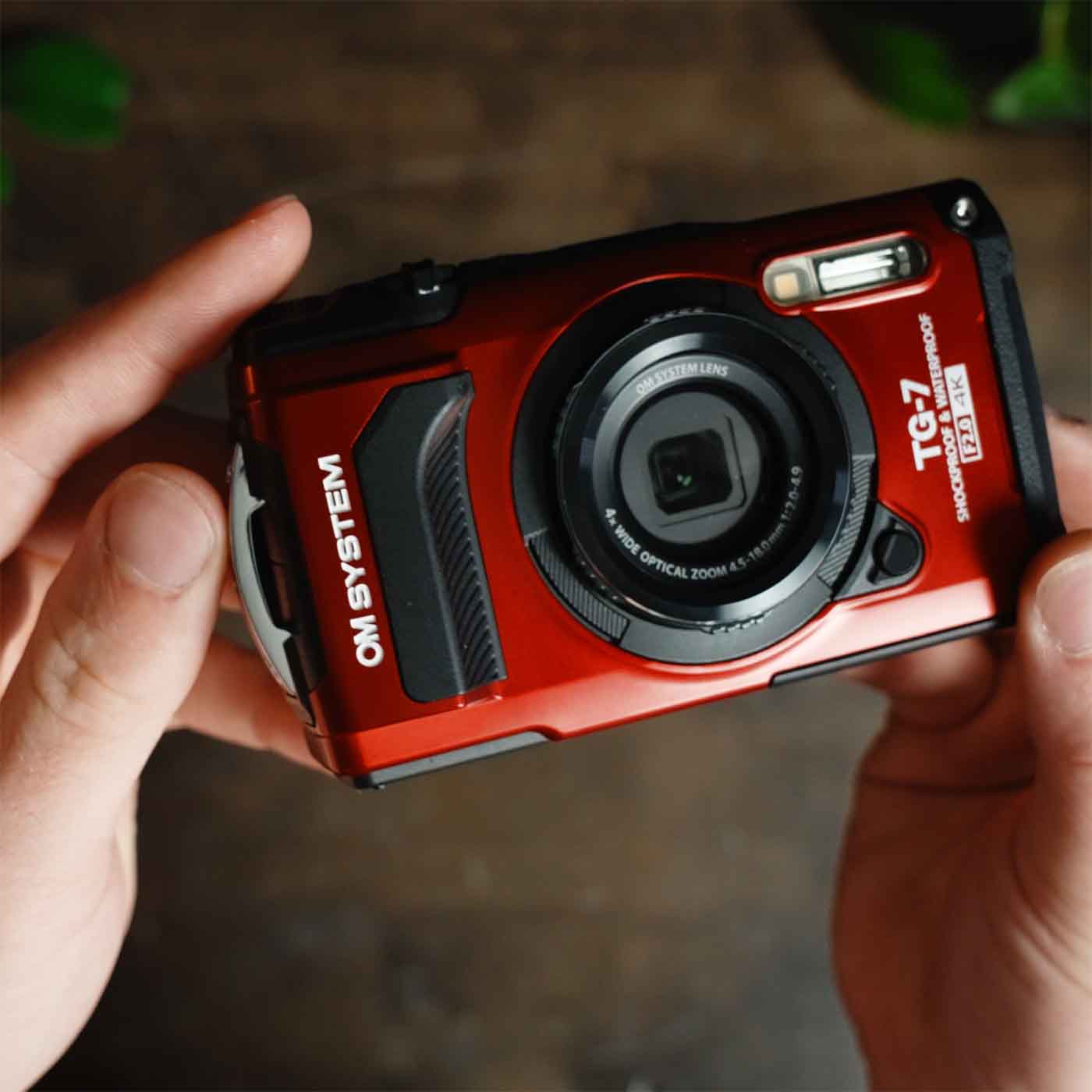
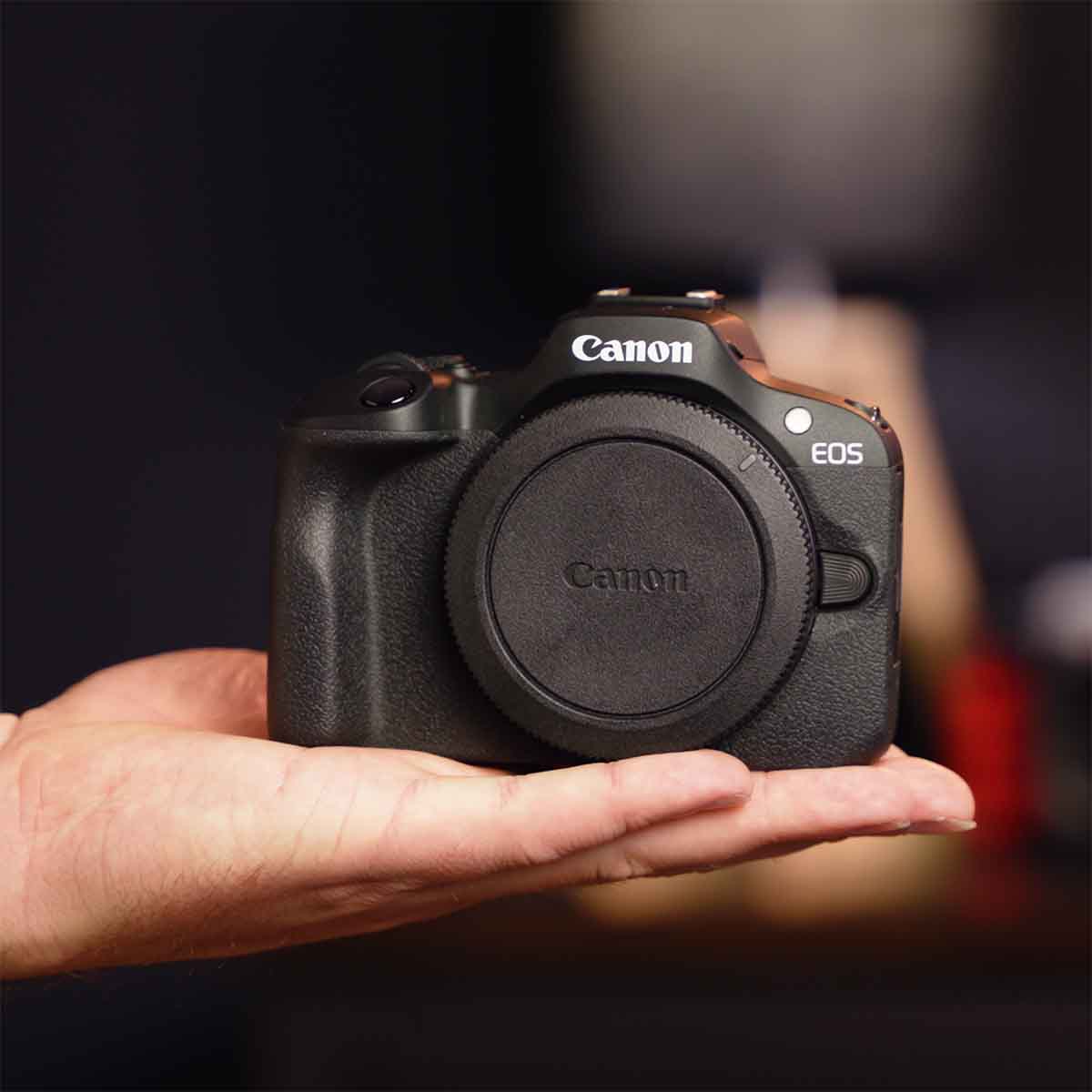
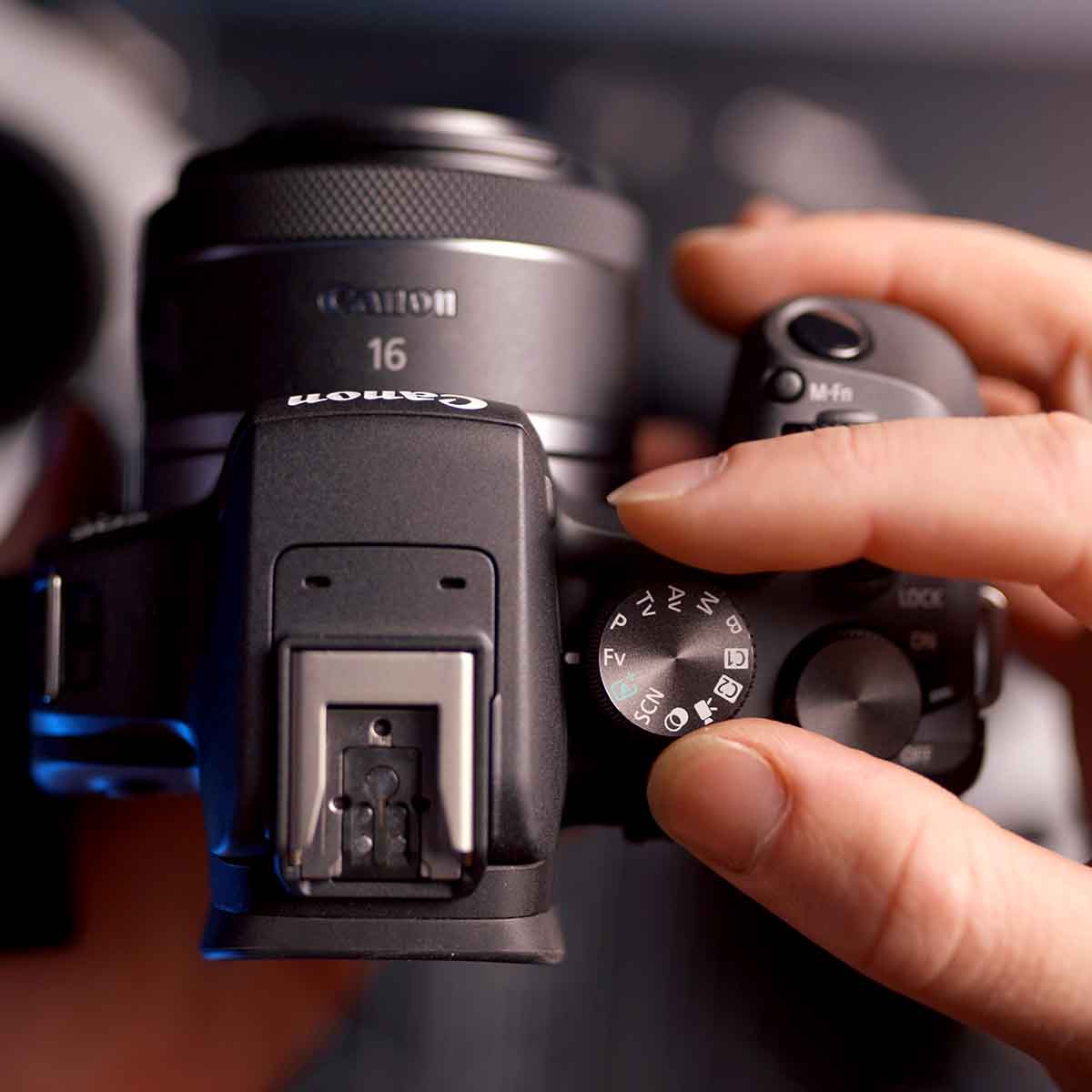
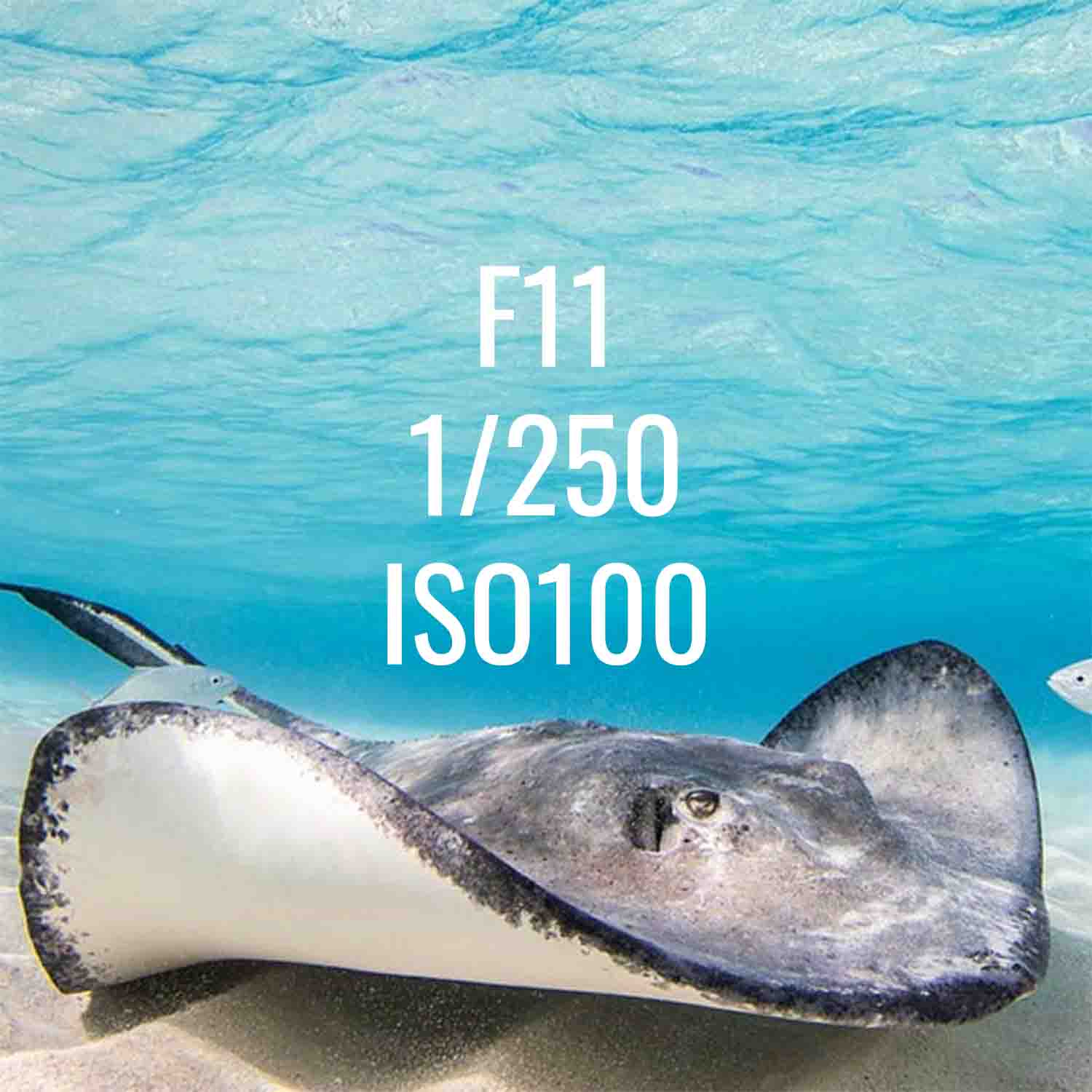

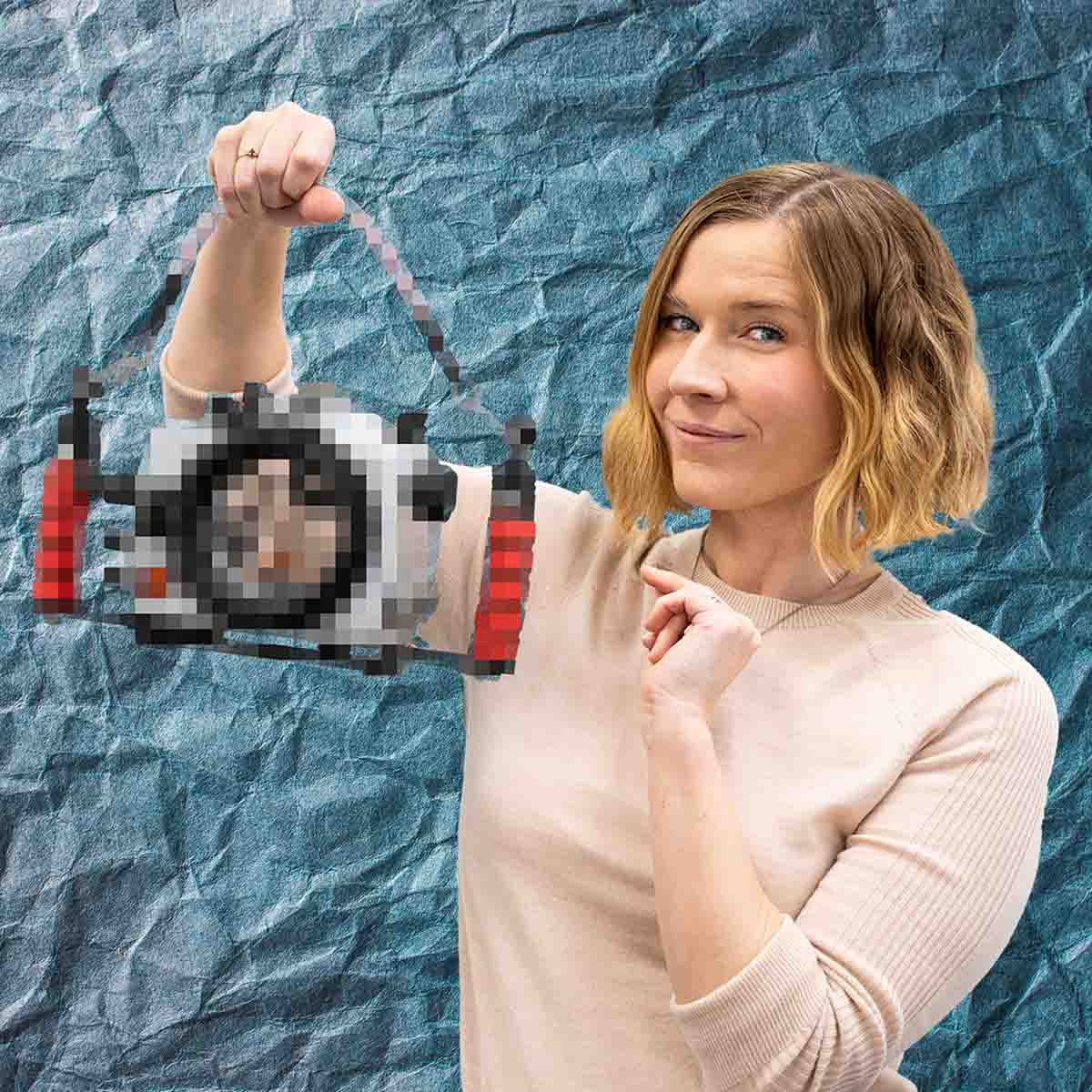
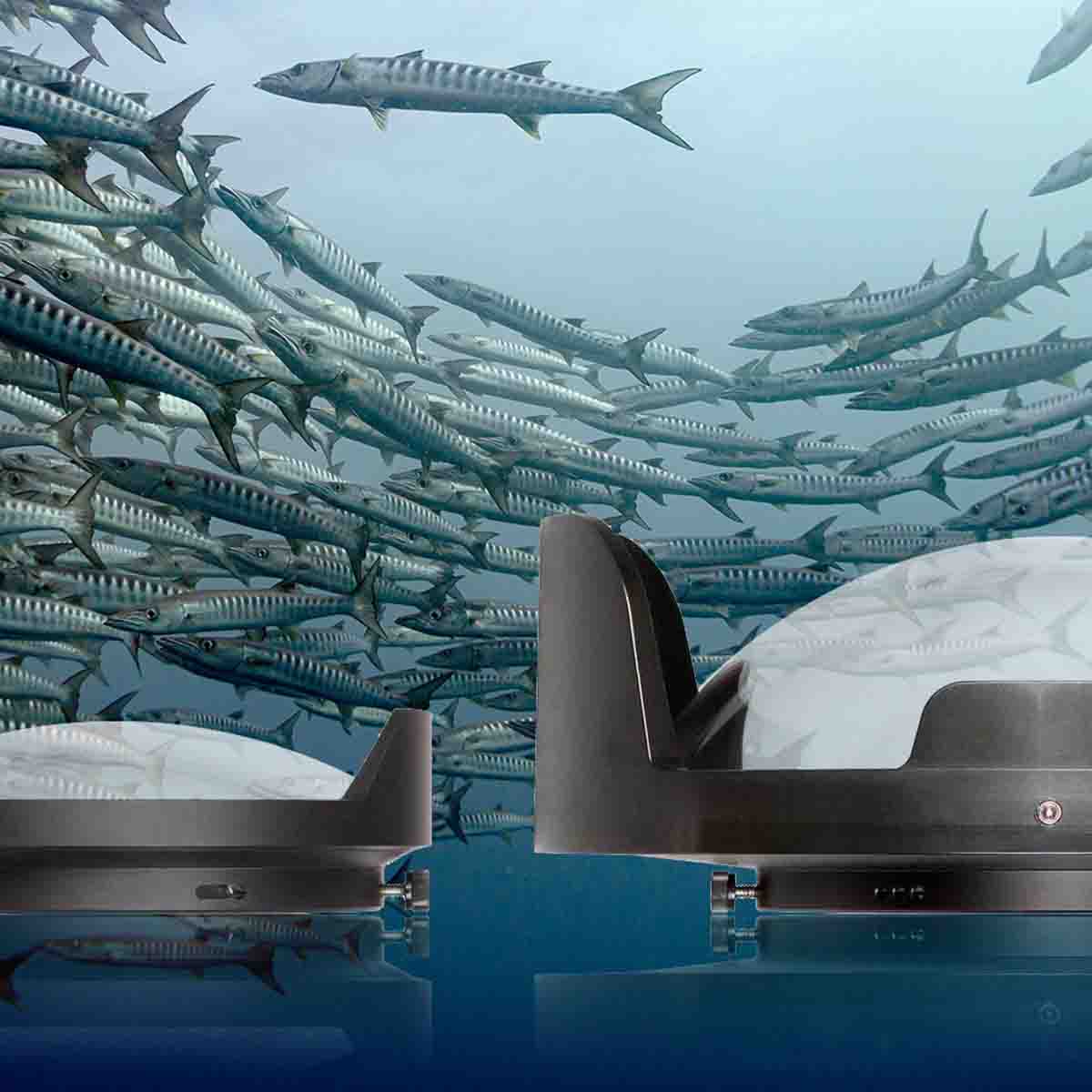
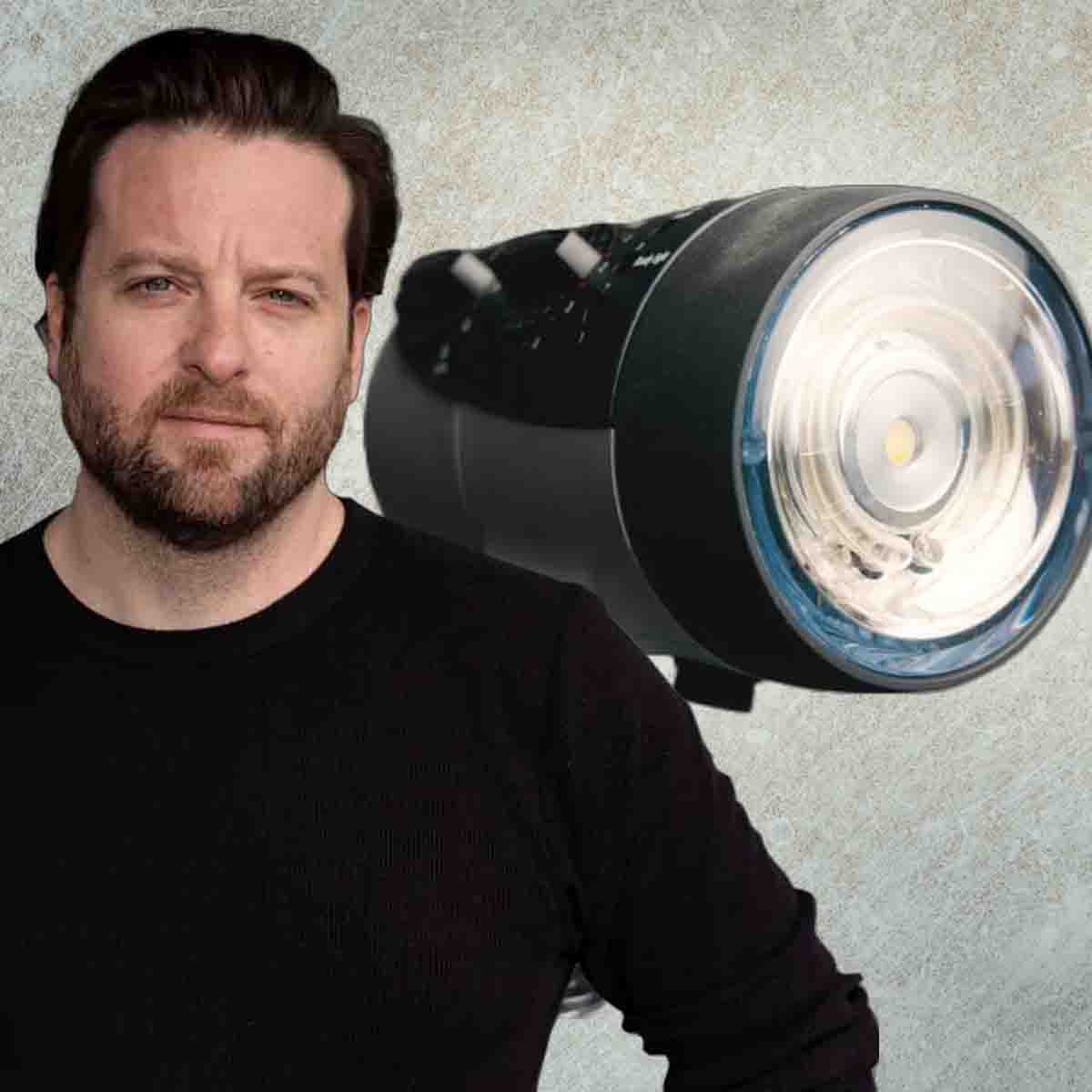

![Canon RF 85mm f/2 Macro Underwater Review and Tips [VIDEO]](http://www.ikelite.com/cdn/shop/articles/Canon_85mm_Macro_Article_highres.jpg?v=1677175210&width=1500)
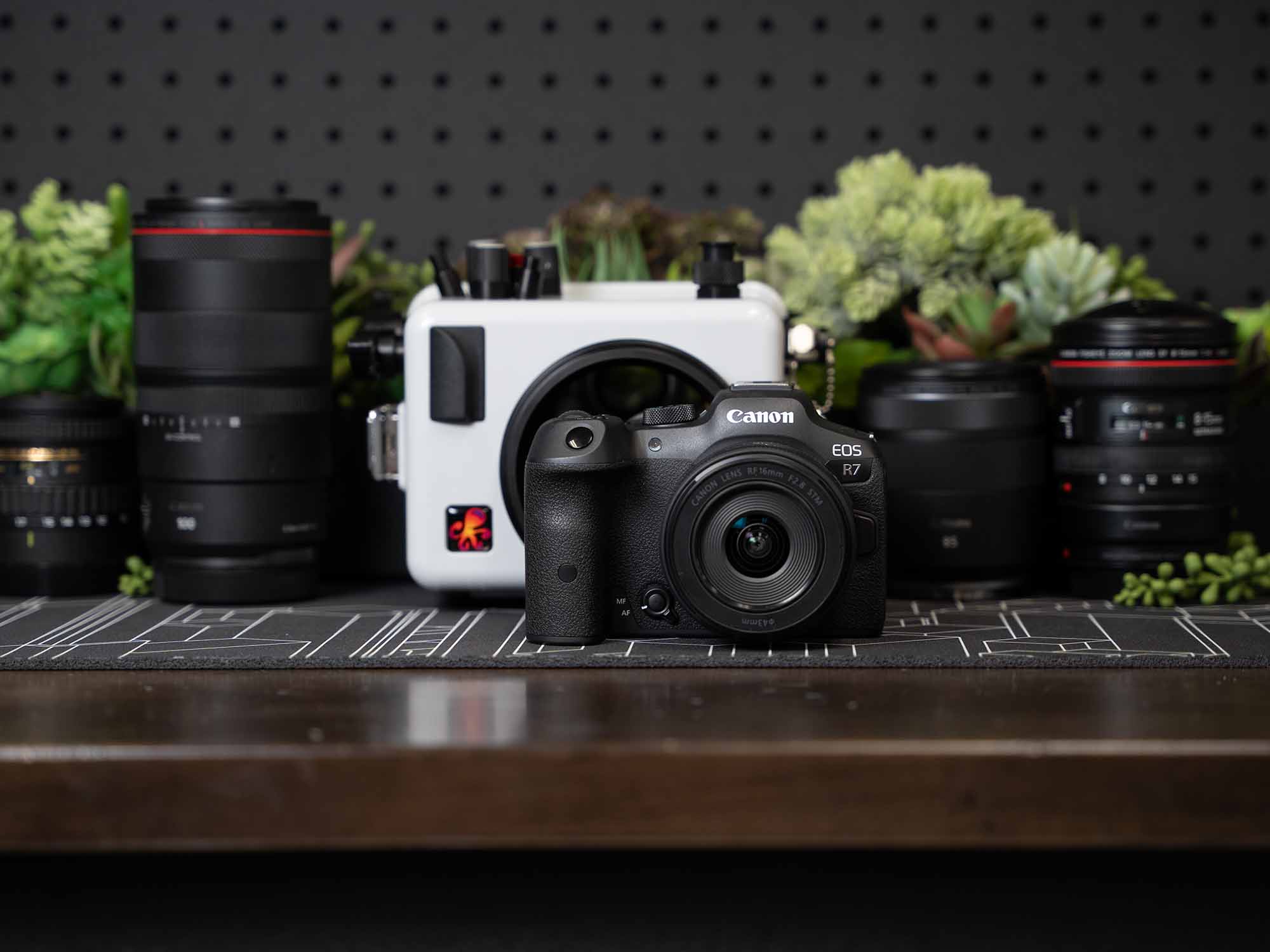
![How to SAVE $4,200 on your underwater housing! Nauticam vs Ikelite Comparison [VIDEO]](http://www.ikelite.com/cdn/shop/articles/Nauticam_Comparison_2-1_1.jpg?v=1682642108&width=2000)